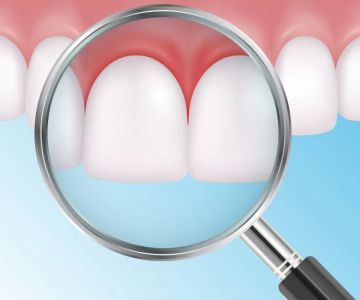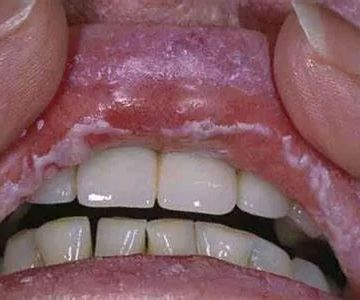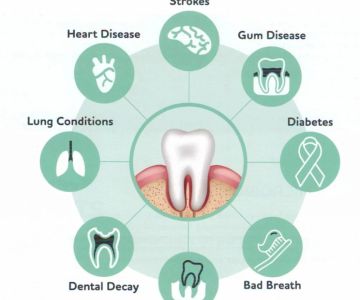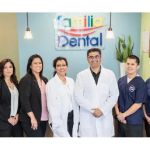Understanding the Risks: Does Oral Sex Cause Disease?
Oral sex is a common form of sexual activity that many people engage in. While often perceived as lower risk compared to vaginal or anal intercourse, it is important to understand that oral sex can still transmit various infections. The question “does oral sex cause disease?” is complex because oral sex itself does not cause disease, but it can facilitate the transmission of sexually transmitted infections (STIs) and other pathogens between partners.
The mouth is a moist environment with numerous bacteria, and it can also harbor viruses and pathogens. When engaged in oral sex, direct contact with genital secretions, lesions, or mucous membranes can provide a pathway for infections to enter the body. This is why understanding which diseases can be transmitted and how to reduce risks is essential for maintaining sexual health.
Common Diseases Transmitted Through Oral Sex
Several sexually transmitted infections are known to spread through oral-genital contact. These include but are not limited to:
- Human Papillomavirus (HPV): Certain strains of HPV are linked to oral cancers, especially cancers of the throat and tonsils. HPV is among the most common STIs and can be transmitted through oral sex.
- Herpes Simplex Virus (HSV): Both HSV-1 and HSV-2 can infect the oral or genital areas. Oral herpes (cold sores) can be transmitted to the genitals, and genital herpes can be transmitted to the mouth through oral sex.
- Gonorrhea: Gonorrhea can infect the throat, causing symptoms like a sore throat, but often it remains asymptomatic, making it easy to spread unknowingly.
- Chlamydia: While less common in the throat than in the genital tract, chlamydia can still be transmitted through oral sex.
- Syphilis: Syphilis sores in the mouth or genital area can facilitate transmission during oral sex.
- HIV: Although the risk of HIV transmission through oral sex is lower than other sexual activities, it is still possible, especially if there are open sores or bleeding gums involved.
Understanding these infections and their symptoms—or lack thereof—is key to prevention and early treatment.
How Oral Hygiene Affects Disease Transmission
Oral hygiene plays a significant role in the risk of transmitting infections through oral sex. Poor oral health conditions such as gum disease, sores, or cuts in the mouth can increase susceptibility to infections by providing entry points for pathogens.
Maintaining good oral hygiene—regular brushing, flossing, and dental check-ups—reduces the chances of having open wounds or inflamed tissues that can facilitate transmission. Additionally, certain dental procedures or injuries might temporarily increase risk, so being mindful of oral health status is important before engaging in oral sex.
Prevention Strategies to Reduce Disease Risk
Fortunately, there are multiple effective ways to reduce the risk of disease transmission during oral sex:
- Use Barrier Methods: Dental dams and condoms create a protective barrier that greatly decreases contact with bodily fluids and mucous membranes.
- Regular STI Testing: Both partners getting tested regularly ensures early detection and treatment, reducing spread.
- Limit Number of Sexual Partners: Reducing partner number can lower the overall risk of encountering an STI.
- Communication: Open discussions about sexual health and history encourage safer practices.
- Avoid Oral Sex if You Have Oral Sores or Bleeding Gums: These increase vulnerability to infections.
Using these strategies together enhances safety without necessarily compromising intimacy or pleasure.
Real-Life Stories and Awareness
Consider the experience of Mia, a college student who contracted oral gonorrhea unknowingly. She initially mistook her sore throat for a common cold. After diagnosis and treatment, Mia became an advocate for awareness, encouraging her peers to use barrier methods and get tested regularly. Stories like Mia’s highlight how common infections can be silent and emphasize the importance of education and prevention.
When to Seek Medical Advice
If you experience symptoms such as persistent sore throat, mouth sores, unusual discharge, or pain after oral sex, it’s important to seek medical advice promptly. Early diagnosis and treatment not only improve outcomes but also reduce the likelihood of spreading infections to others.
Healthcare providers can offer confidential testing, treatment, and counseling on safe practices tailored to your needs.
The Role of Comprehensive Sexual Health Education
Education plays a critical role in reducing the spread of diseases linked to oral sex. Comprehensive sexual health programs in the United States increasingly address oral sex risks and promote safer behaviors. Accurate information dispels myths and equips individuals with the knowledge to make informed decisions about their sexual health.
Parents, educators, and healthcare professionals are encouraged to discuss oral sex openly and responsibly with young people to foster healthy attitudes and practices.
Final Thoughts on Oral Sex and Disease Prevention
While oral sex can be a healthy and enjoyable part of sexual relationships, it carries potential risks for disease transmission. Understanding what those risks are, how oral hygiene affects them, and practicing effective prevention measures can protect you and your partners.
For further information, testing, and expert advice on maintaining sexual health, visit Dentistry Toothtruth, your trusted source for comprehensive guidance tailored to the U.S. population. Staying informed and proactive is the best way to enjoy safe and fulfilling intimate experiences.







 Westgate Dental Arts3.0 (2 review)
Westgate Dental Arts3.0 (2 review) Coventry Family Dental4.0 (247 review)
Coventry Family Dental4.0 (247 review) Familia Dental3.0 (1028 review)
Familia Dental3.0 (1028 review) Dr. Daniel S. Fife, DDS4.0 (31 review)
Dr. Daniel S. Fife, DDS4.0 (31 review) Dentistry At Suburban Square: Michael I. Wollock, DMD4.0 (1228 review)
Dentistry At Suburban Square: Michael I. Wollock, DMD4.0 (1228 review) Comfort Care Dental4.0 (1156 review)
Comfort Care Dental4.0 (1156 review) The Importance of Oral Health Education During Pregnancy for a Healthy Pregnancy
The Importance of Oral Health Education During Pregnancy for a Healthy Pregnancy Why Skipping Dental Checkups Can Lead to Bigger Oral Health Problems
Why Skipping Dental Checkups Can Lead to Bigger Oral Health Problems Best Tips for Brushing Your Teeth Properly for Healthy Gums: Essential Techniques for Oral Health
Best Tips for Brushing Your Teeth Properly for Healthy Gums: Essential Techniques for Oral Health Advantages of Porcelain Dental Restorations
Advantages of Porcelain Dental Restorations How Can Diabetes Cause Tooth and Gum Problems? Preventing and Managing Oral Health Issues
How Can Diabetes Cause Tooth and Gum Problems? Preventing and Managing Oral Health Issues Healthy Habits for Promoting Good Oral Health and Hygiene: Tips for a Healthy Smile
Healthy Habits for Promoting Good Oral Health and Hygiene: Tips for a Healthy Smile